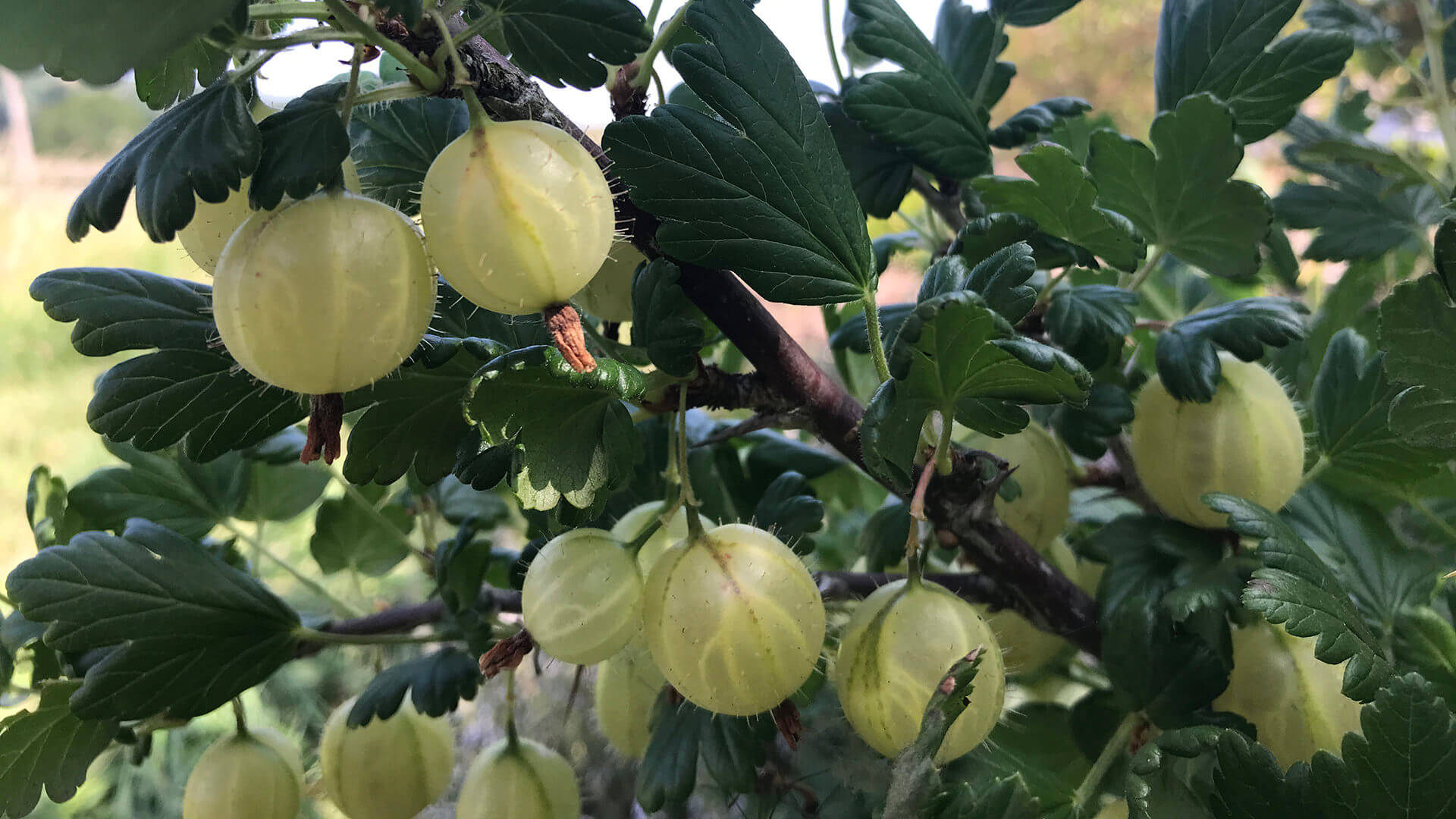Sadly, our tree nursery is no more. We are no longer growing native broadleaf trees.
But we still have a nursery – and we’re growing all sorts of other things!
We really liked the idea of growing our own native broadleaf trees from seed, especially seed collected right here on the farm. We learned a lot about species identification and location, how and when to harvest the nuts, berries and other seeds, how to extract the seeds from their casings and coatings, and how to stratify them. We experienced the joy of our own seeds germinating after months and months of hopeful, doubtful, waiting.
But, although we were learning fast, we weren’t satisfied with the quality of the trees, or our processes. We also came to the conclusion that we just wouldn’t be able to compete with the massive nurseries who are churning out millions of trees every year and are able to sell them for less than £1 a go.
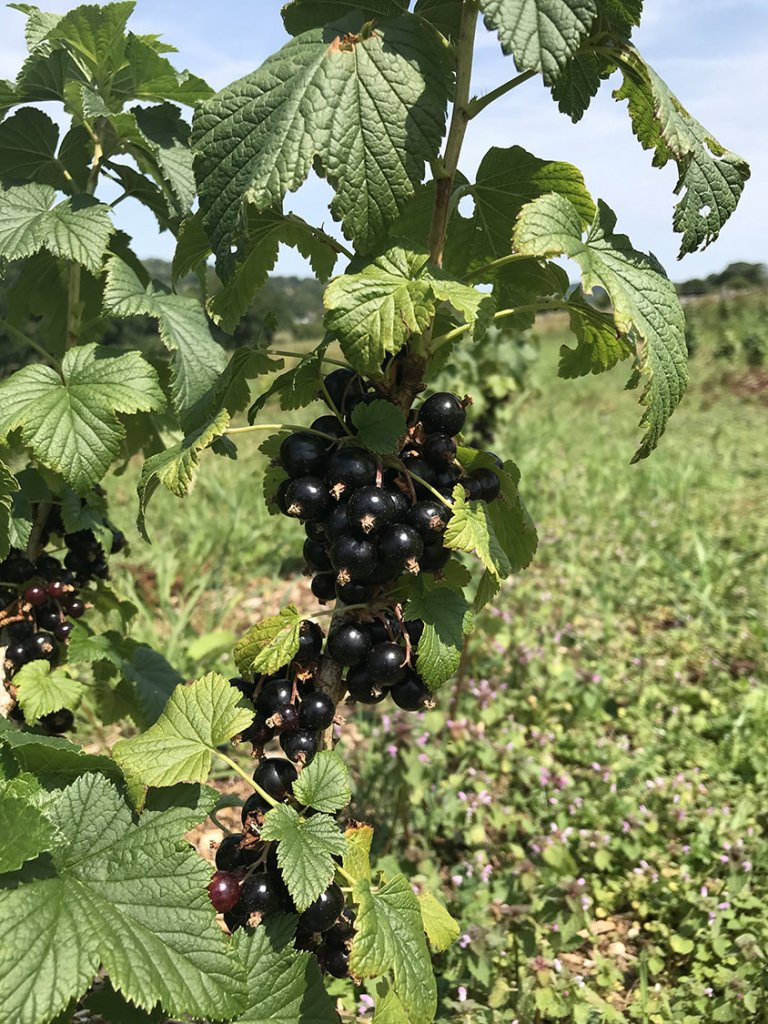
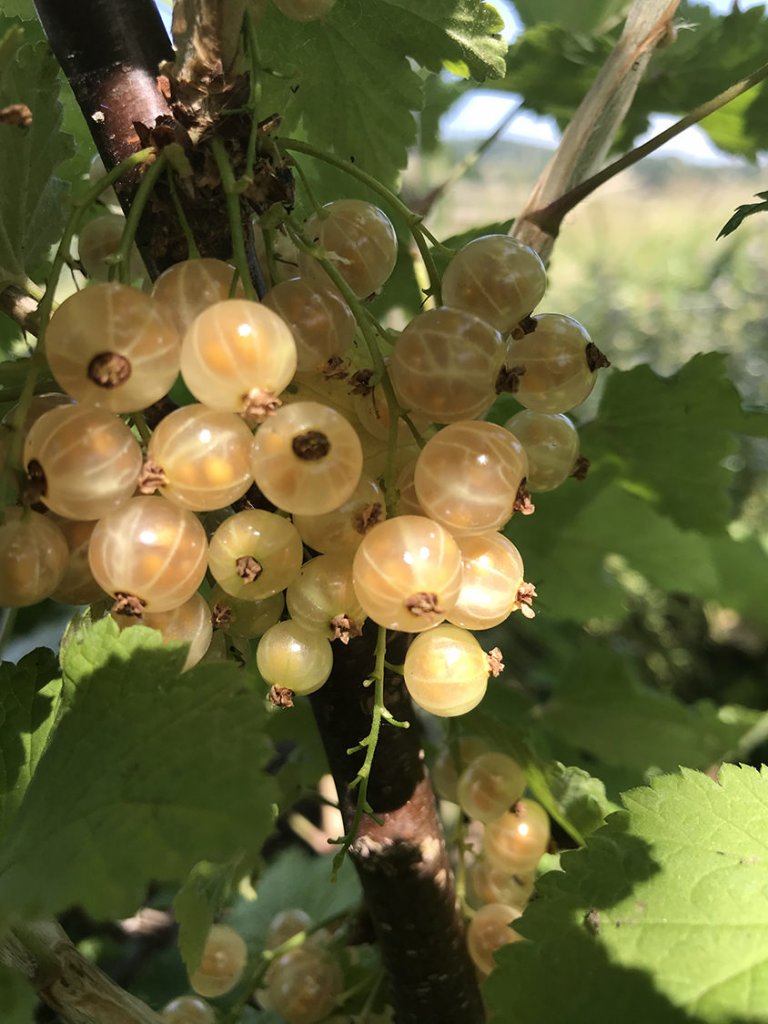
Meanwhile, we were also experimenting with propagating our own soft fruit plants. Growing currants and gooseberries from cuttings, it turns out, is much more straightforward than juggling a dozen different species of broadleaf trees with all their different peculiarities and requirements. Plus, our soft fruit plants were reliably turning out vigorous and healthy. They were much more resilient to pests. We were really pleased with them. And they were much easier to sell.
So we decided to pivot, dropping our native broadleaves to major on propagating soft fruit bushes instead.
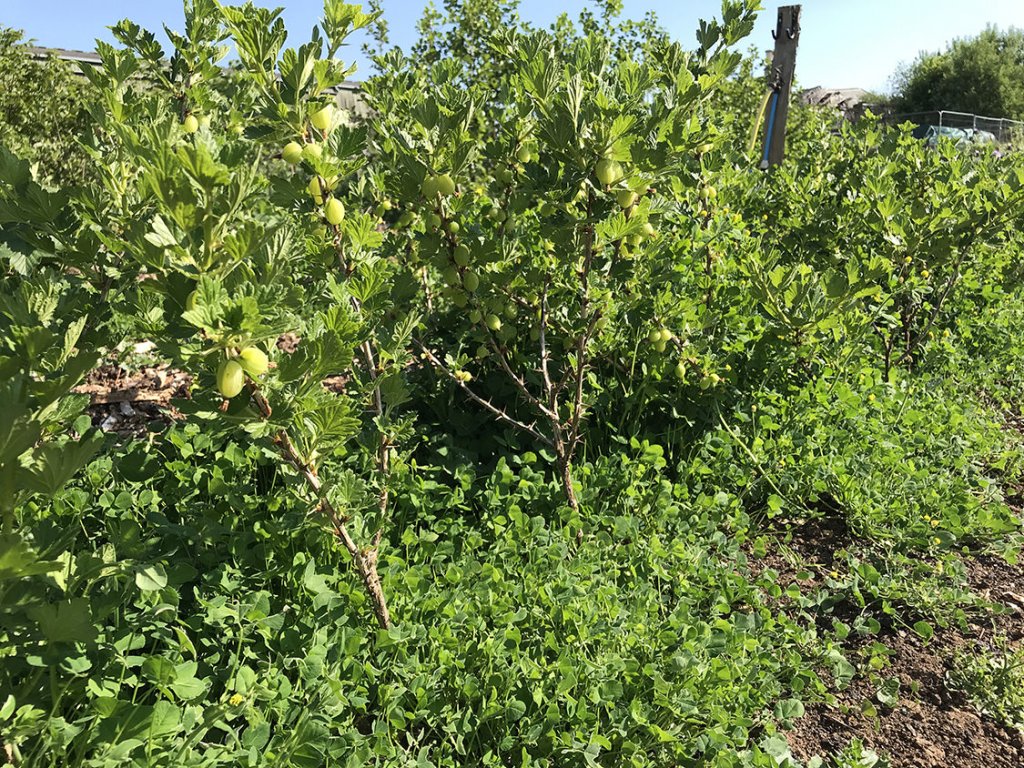
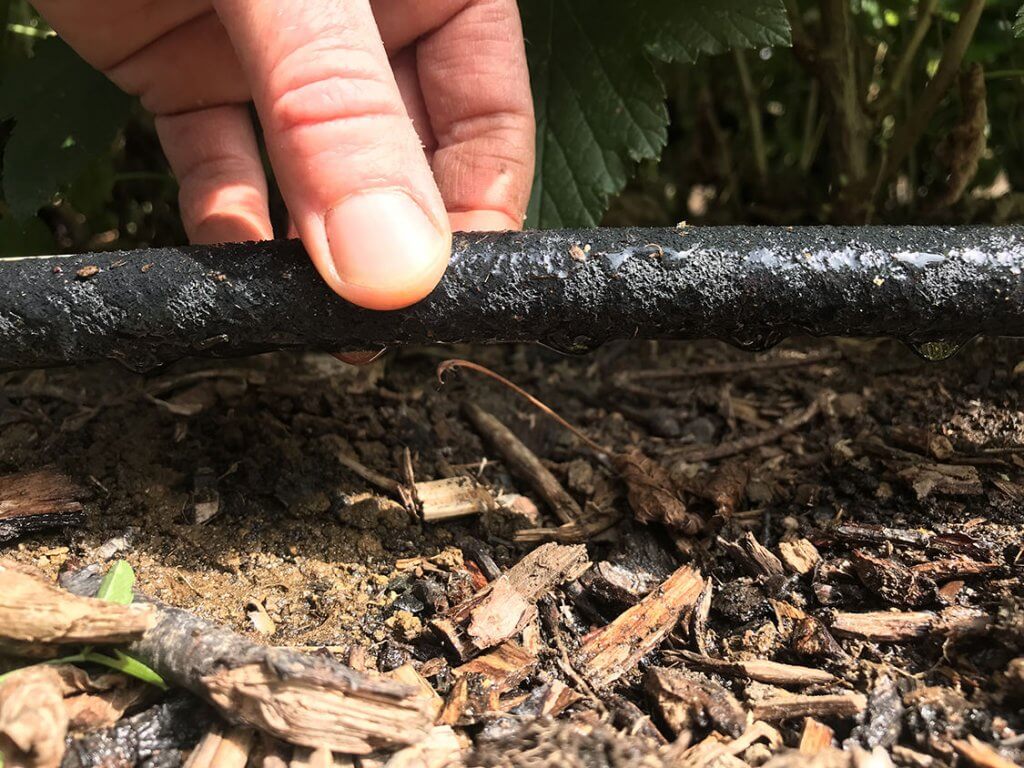
This year we’ve shifted gear from experimenting mode to production mode. We can’t expand too fast, as we’re limited to some extent both by how many cuttings we can take from our own plants, and by physical space in the nursery. And we’re also conscious we’re still learning. For example, we tried undersowing our second year plants with a supposedly low growing yellow trefoil green manure, and found that, in most beds, it was too vigorous and started overtaking the soft fruit plants. In last year’s damp summer, we managed quite nicely with nothing more than a hosepipe for occasional watering of the cuttings, but this year we’ve had to (slightly belatedly) install a drip irrigation system to keep the plants growing through the drought. And we just can’t really know yet if our four-year rotation plan is going to be sufficient to build and maintain soil health.
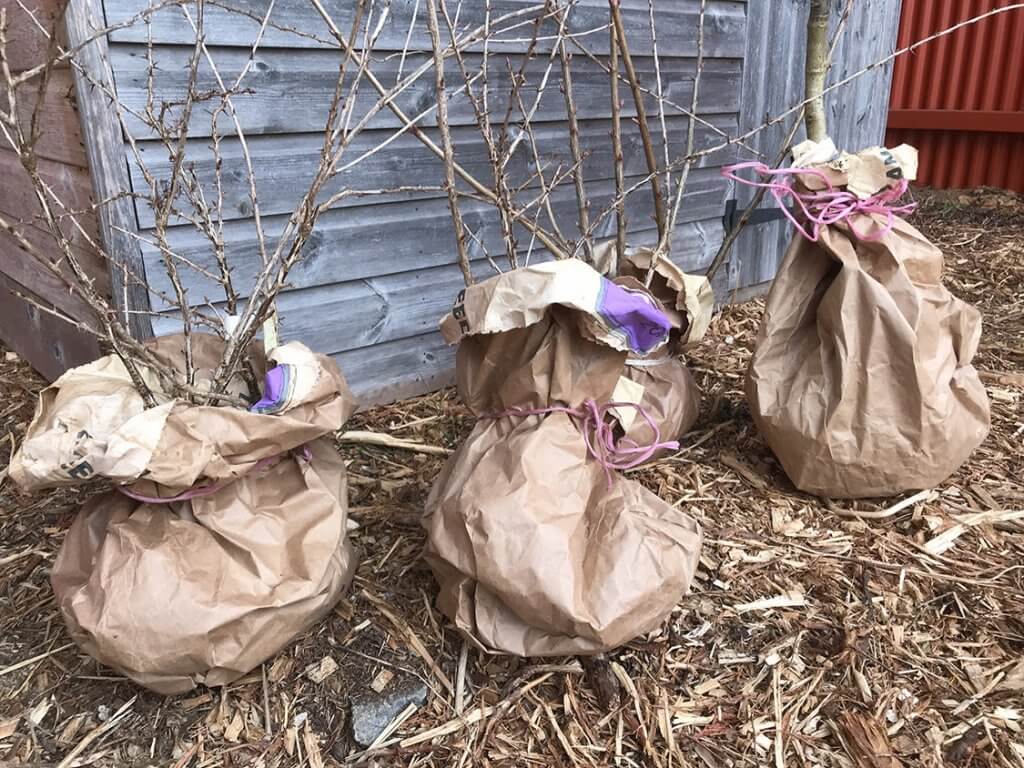
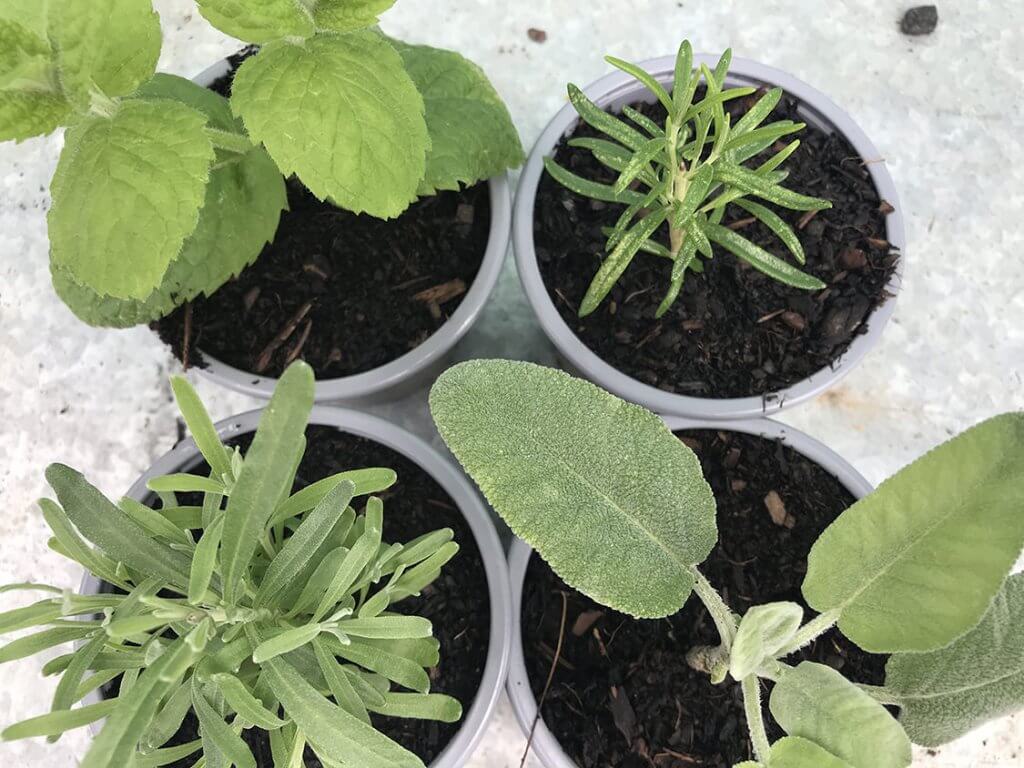
For the first time we now have bareroot plants available to pre-order, and we’re working on expanding our range for next year to include more varieties of blackcurrant, gooseberry and redcurrant, and maybe even a thornless blackberry.
Letting go of the native trees has also freed up time, space and imagination for other projects, including producing a range of potted herbs in the nursery, researching how to propagate cobnuts, and growing comfrey for sale.
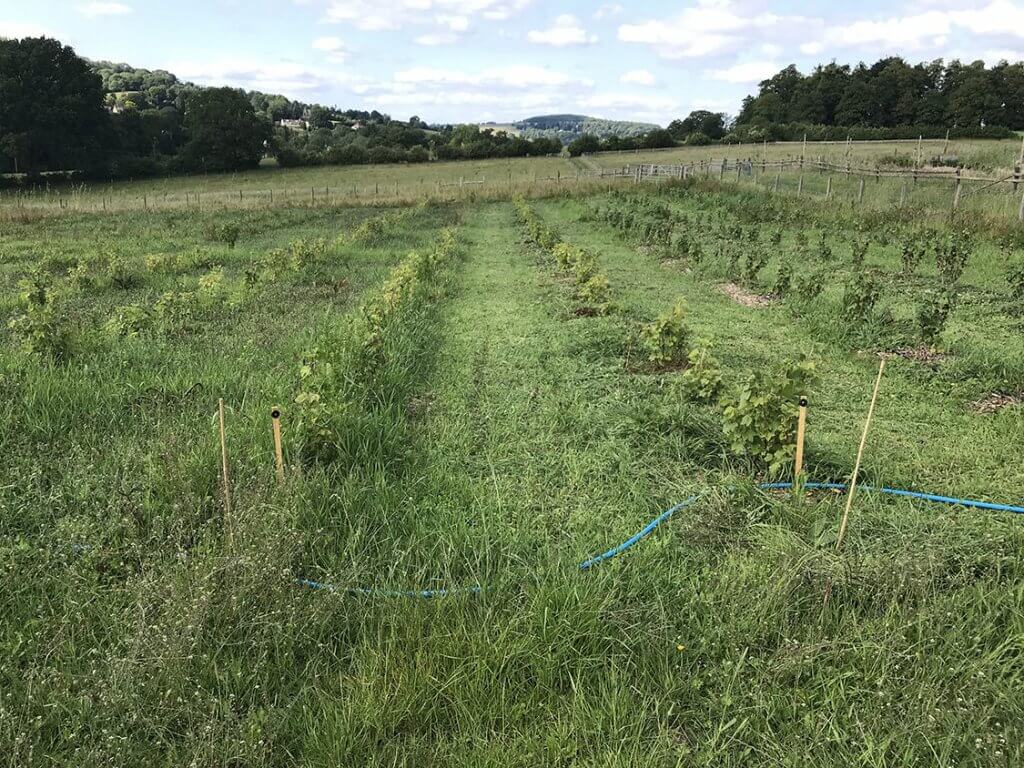
Perhaps most significantly, we’ve relocated all the soft fruit planted in our agroforestry system up to the paddock just below the nursery. Part of the reasoning behind this was that the plants weren’t getting the attention they deserved at the far southern end of the farm; it will be much easier to keep them in our awareness and to care for them properly now they are closer to base. We also realised that integrating the productive berry plants more closely with the nursery should bring multiple benefits. We’ll gain a better understanding of how different varieties perform and be able to advise more confidently on planting, pruning and care. With the nursery and berry orchard right next door to each other, plus space to expand the berry orchard, we are looking forward to being able to use prunings from the berry orchard as cuttings in the nursery, and plants from our nursery to expand, gap up and diversify the berry orchard. And, at least in theory, the busy time for weeding, mowing, mulching and harvesting the berries in summer mirrors the busy time for lifting, pruning and replanting the nursery plants in winter.
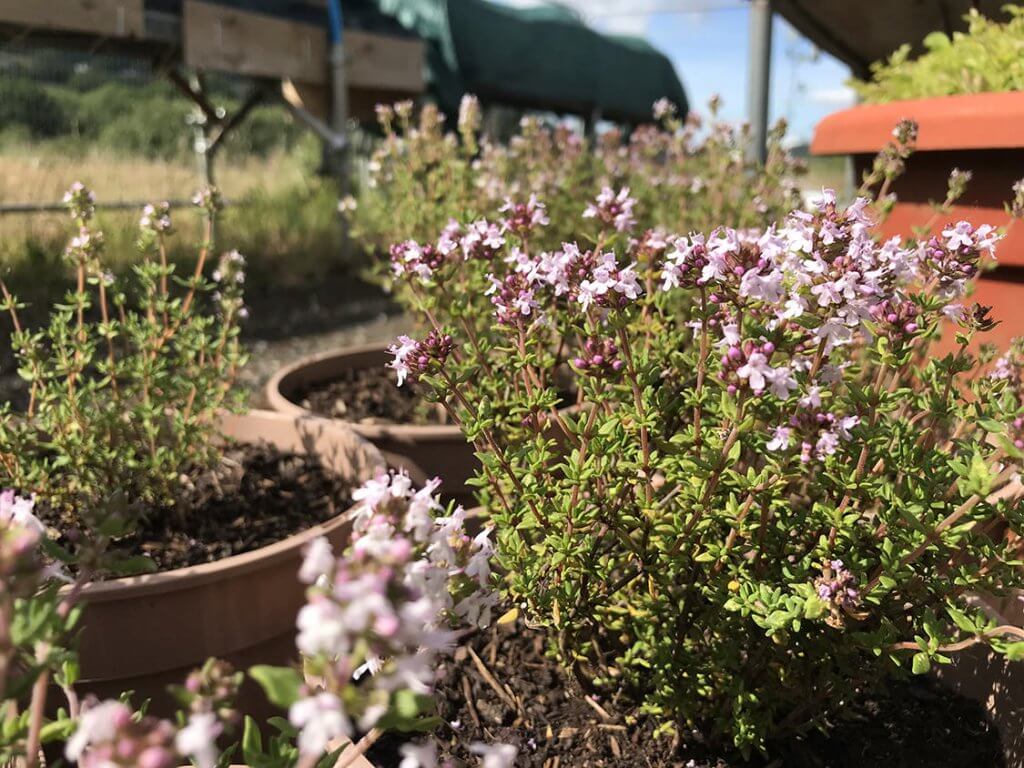
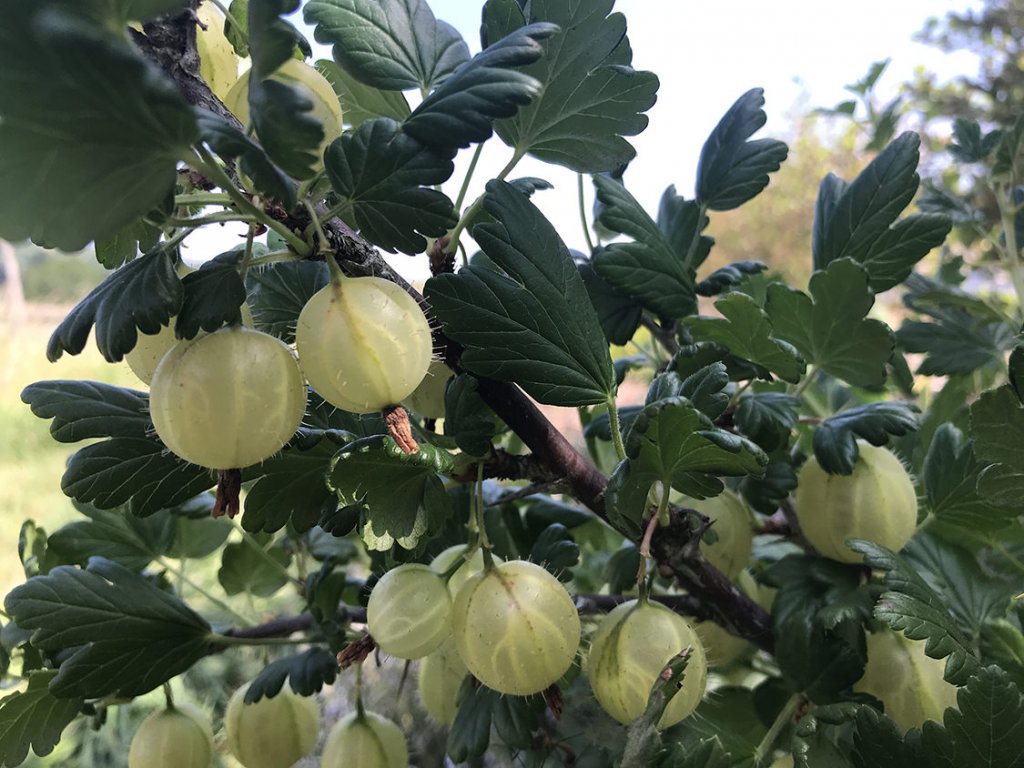
Our move away from growing native broadleaves felt in some ways like shelving a dream; giving up on something that turned out too difficult for now. However, this pragmatic decision was also quite liberating and exciting. It’s given us space and time to consolidate, enabling us to focus on what we were doing well, and to diversify in other ways.
There aren’t many people growing organic soft fruit in the UK, and far fewer propagating soft fruit plants organically. Whilst it feels wrong to call our humble beds of currant bushes cutting edge, they are surprisingly radical, and we’ll never be short of opportunities for learning.
Plus, those berries are delicious.
Jessie Marcham.
